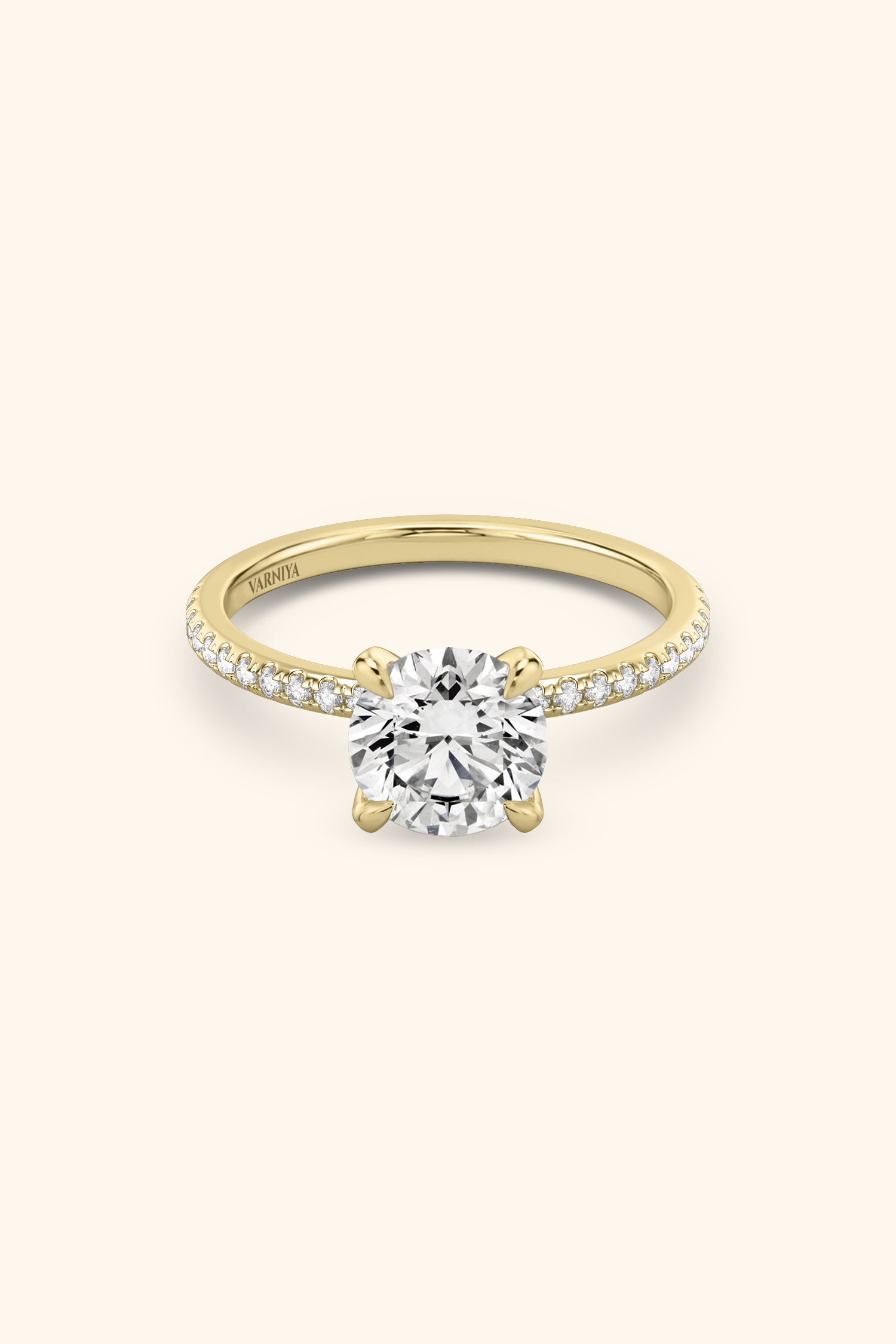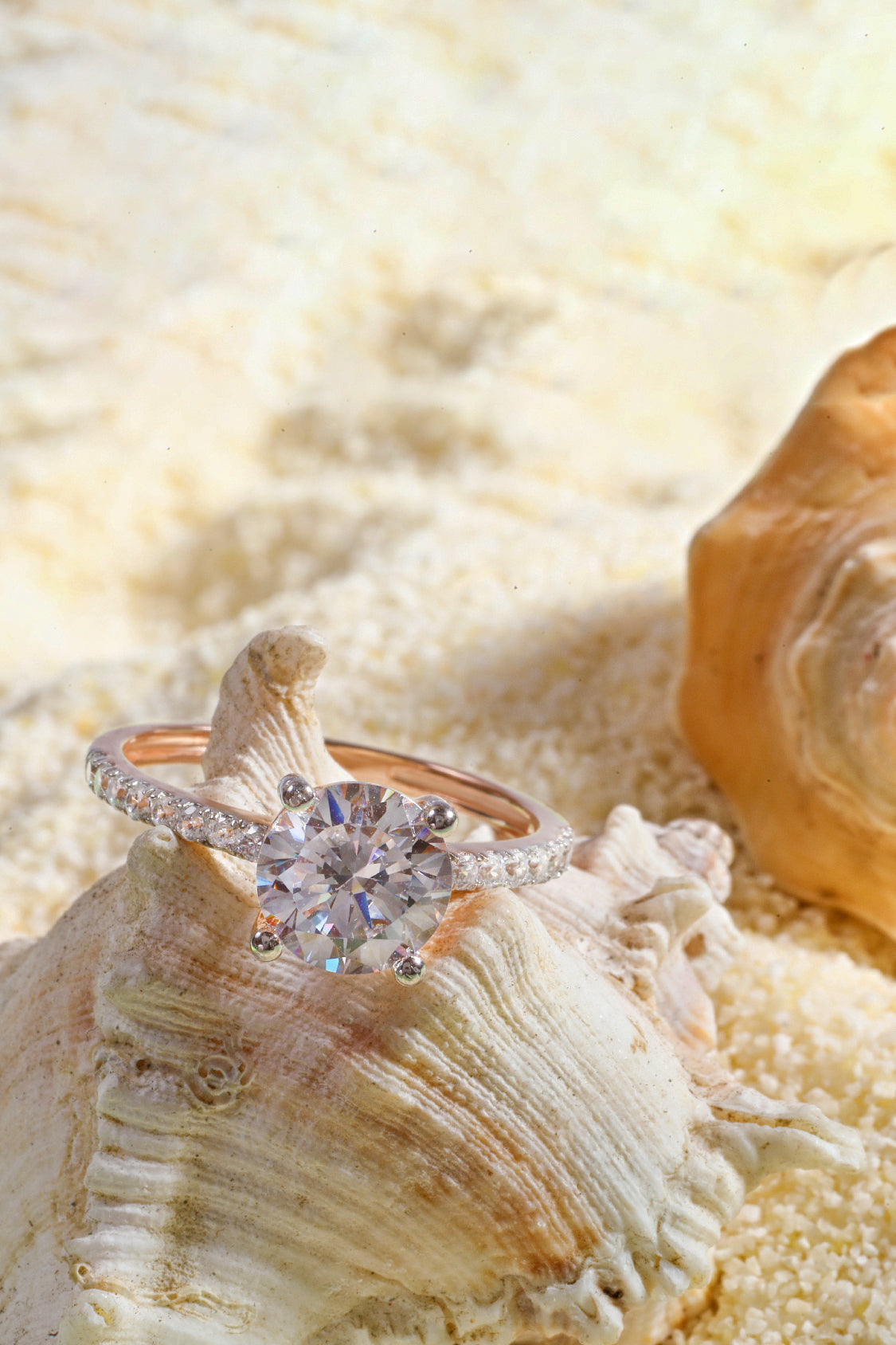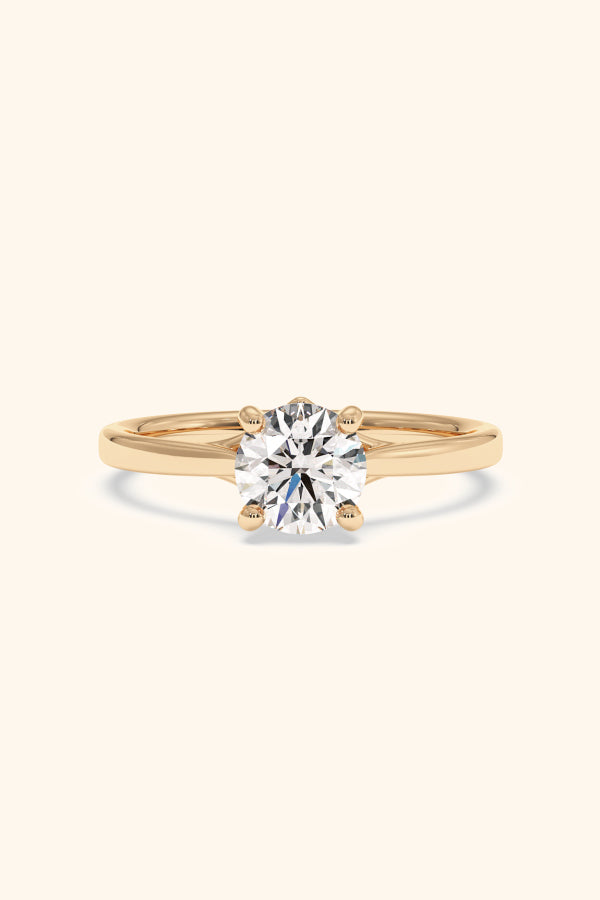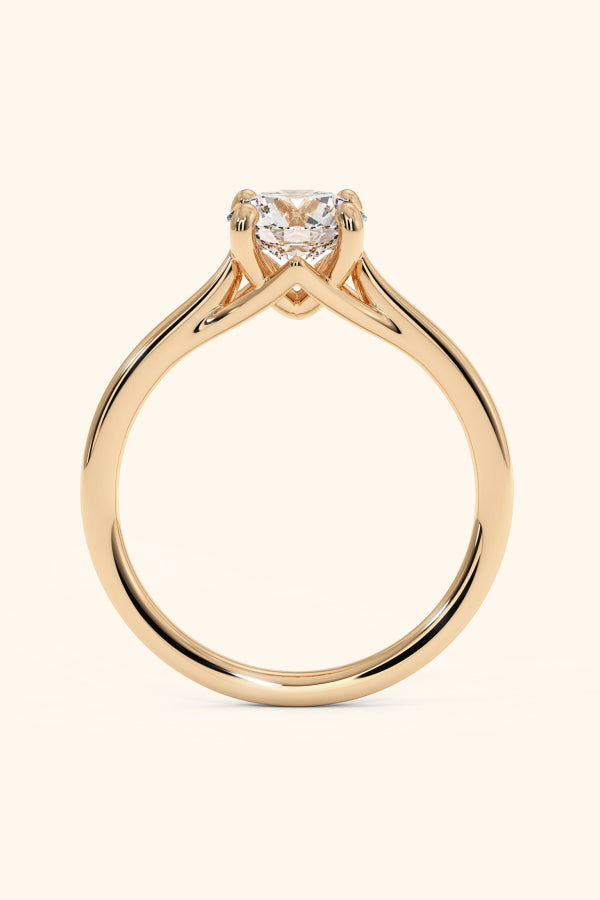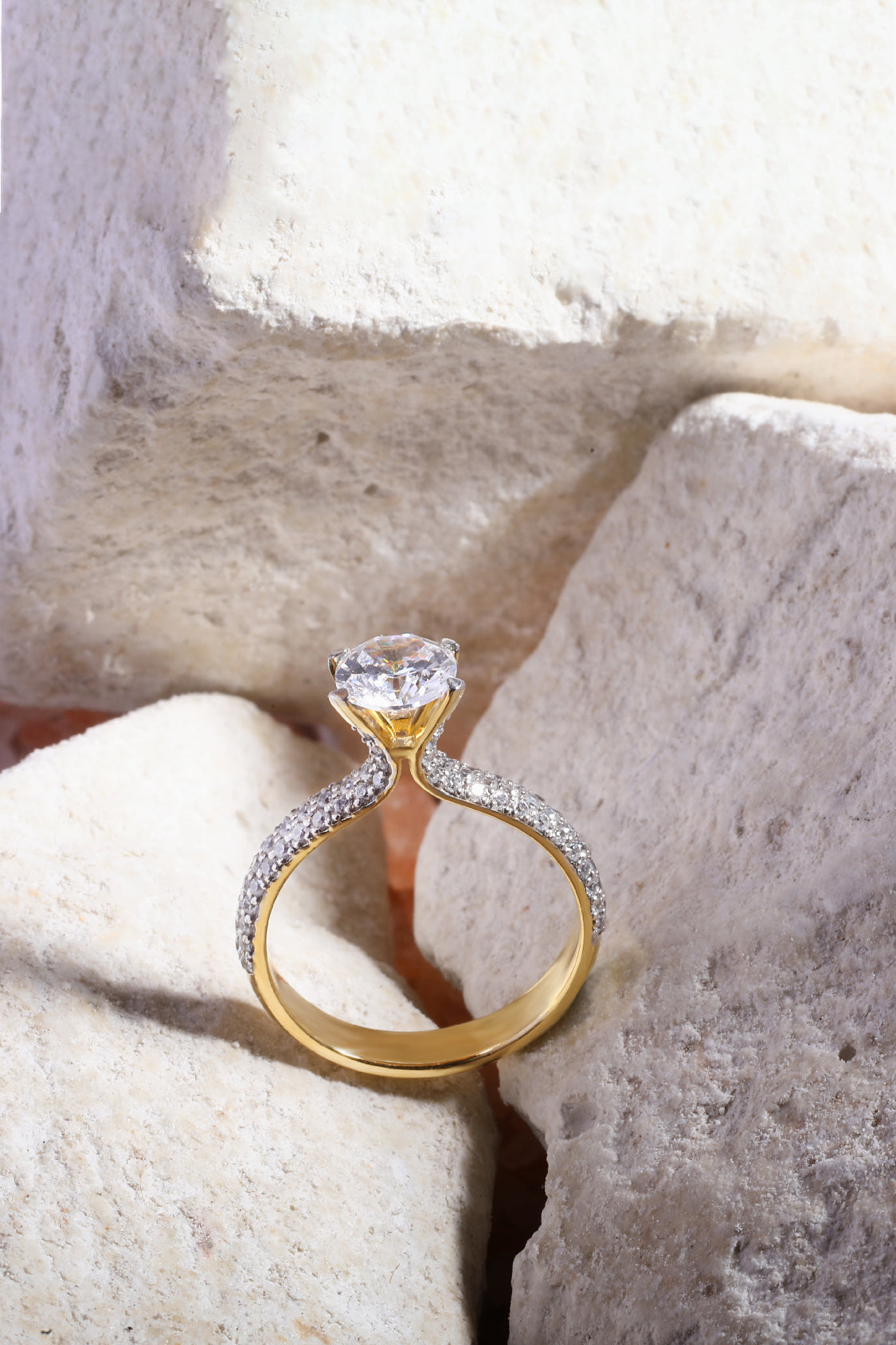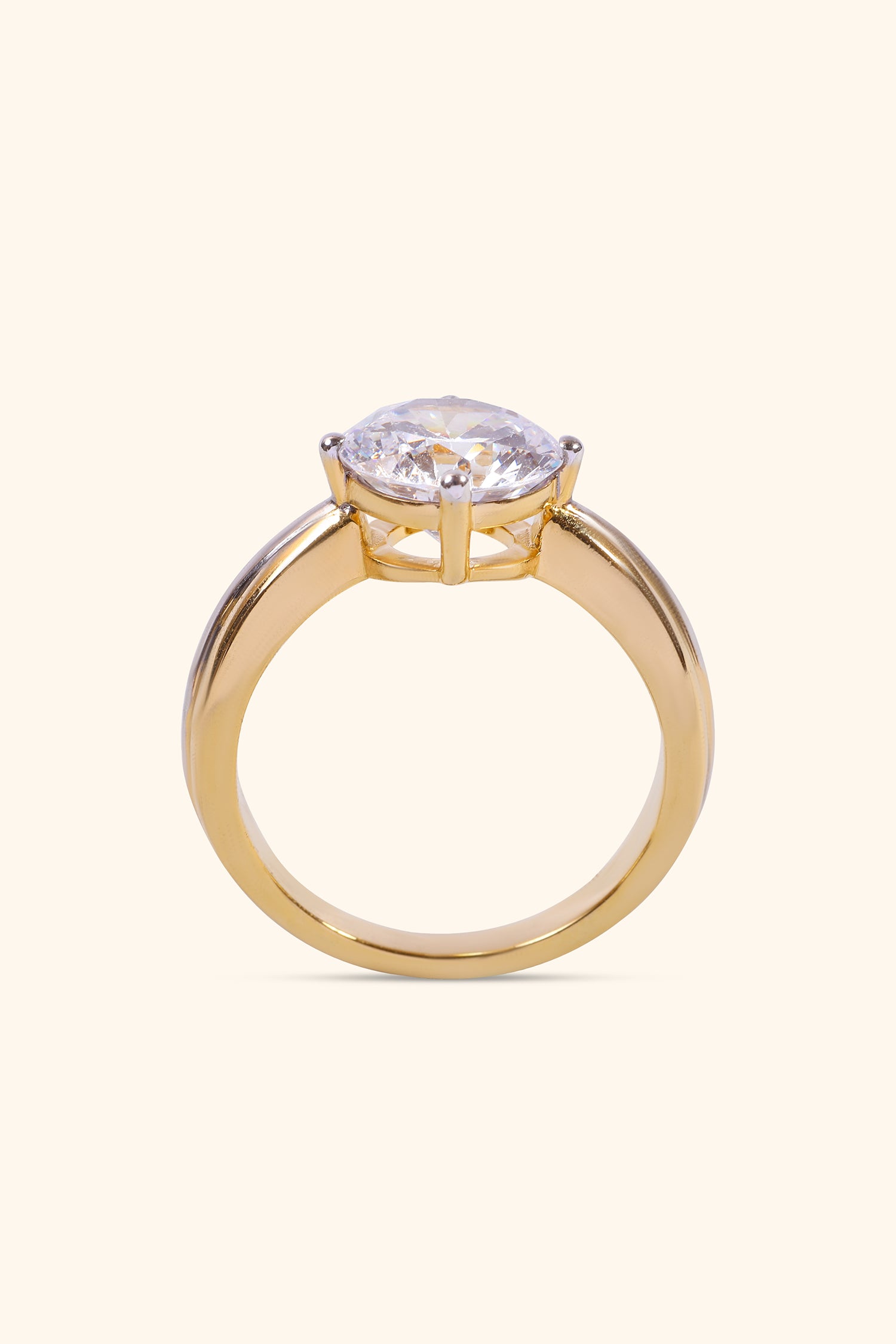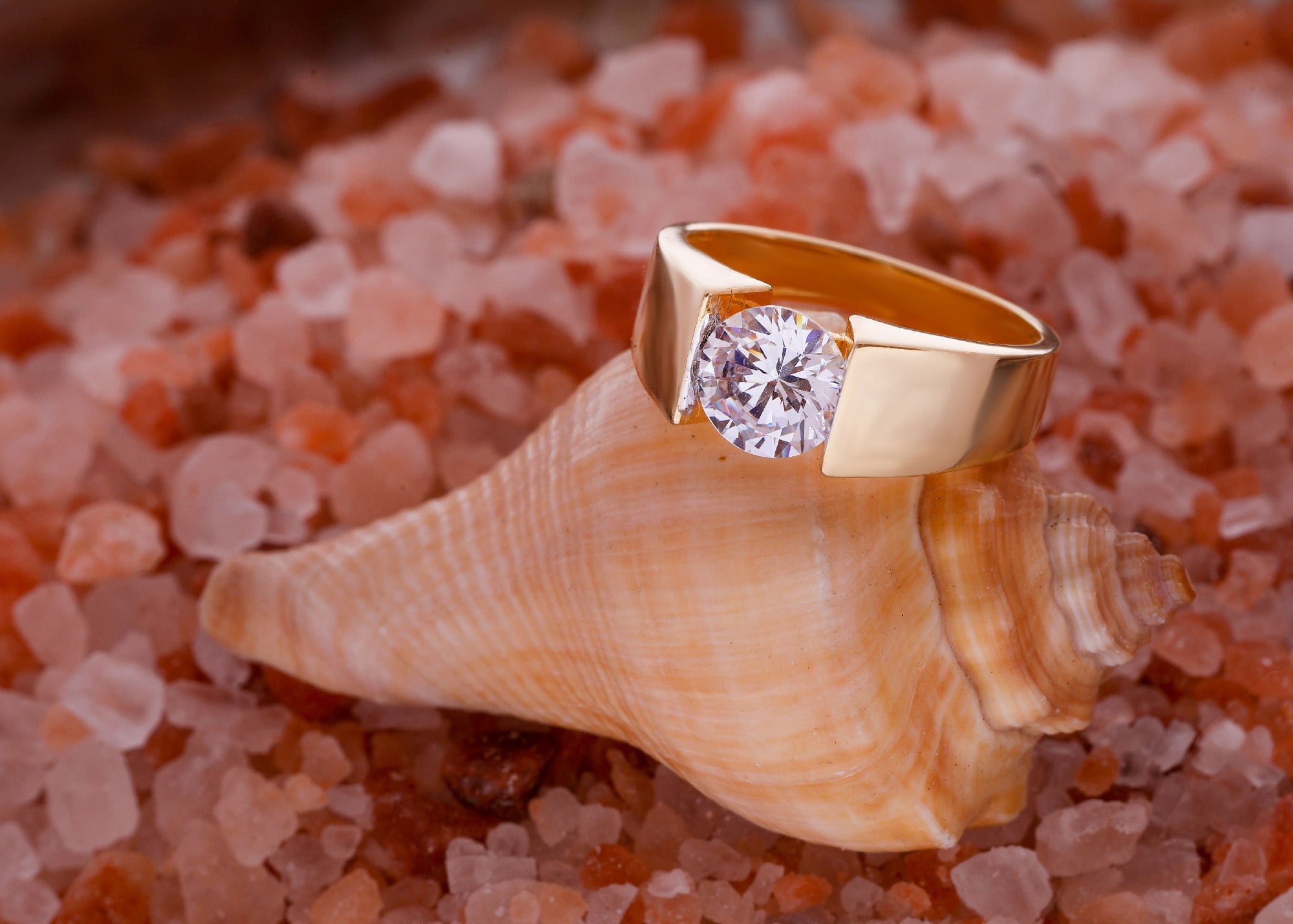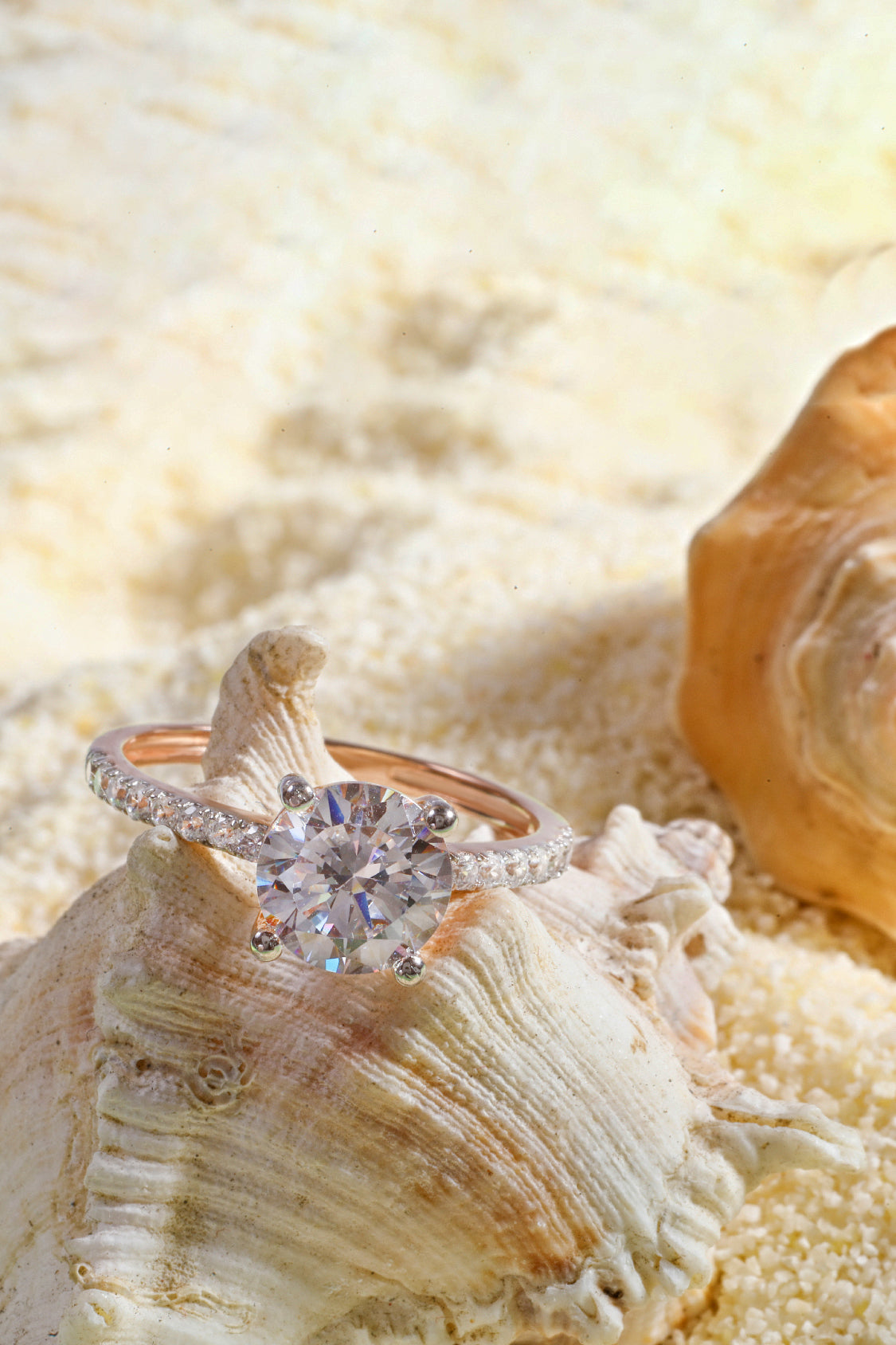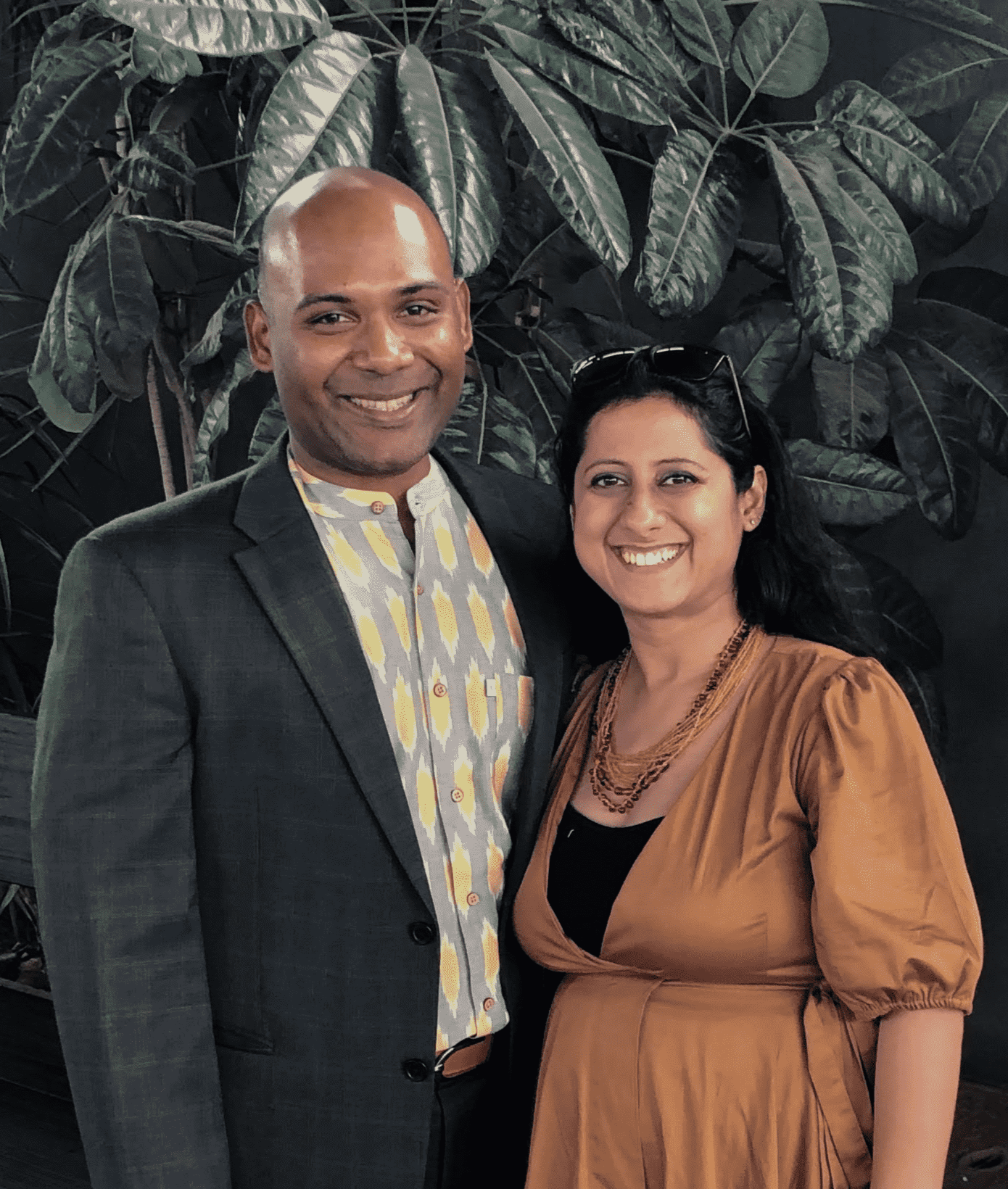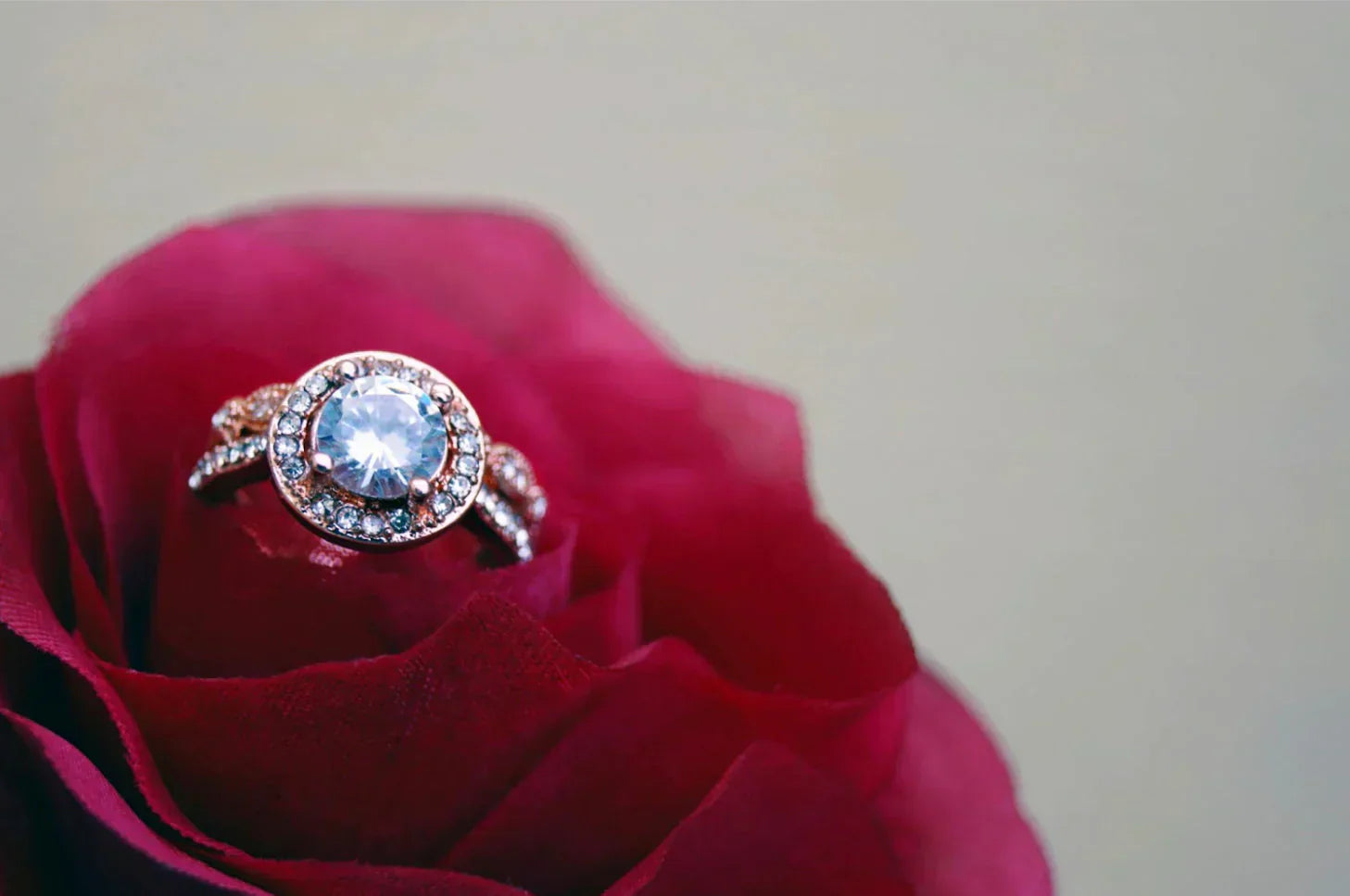
How to Buy Lab-Grown Diamonds Without These 7 Mistakes
Learn how to buy lab grown diamonds. Avoid the 7 mistakes that buyers often make and choose the perfect one without overspending.
Buying a diamond is a big decision, and let’s be honest—no one wants to make an expensive mistake. Lab-grown diamonds are a smart, ethical, and budget-friendly choice, but many buyers overlook key factors when making their purchase.
Did you know that lab-grown diamonds cost up to 40% less than natural diamonds while offering the same brilliance and the same durability? (Forbes, 2023).
Whether you're shopping for an engagement ring or a stunning piece of diamond jewellery, avoiding these seven common mistakes will save you money, time, and regret. Ready to find the perfect lab-grown diamond jewellery without overpaying?
Why Lab-Grown Diamonds Are the Smart Choice for Ethical Luxury
Lab-grown diamonds are real diamonds. They have the same chemical composition, brilliance, and durability as natural diamonds. The main difference? The natural diamond formation process takes billions of years, but lab-grown diamonds replicate this in a lab within weeks.
Choosing lab-grown diamond jewellery is a cost-effective and ethical decision. Traditional mined diamonds can be expensive and often come with environmental and ethical concerns.
Explore Varniya's collection of lab-grown diamonds that blend tradition with innovation.
Key Mistakes to Always Watch Out For
1. Not Knowing How to Choose Lab-Grown Diamonds
Not all lab-grown diamonds are created equal. Similar to natural diamonds, they differ in quality, clarity, and cut. The key elements to focus on? The 4Cs—Cut, Color, Clarity, and Carat Size.
-
Cut: A well-cut lab-grown diamond maximizes sparkle.
-
Color: Opt for colorless lab-grown diamonds for the most stunning appearance.
-
Clarity: Diamonds with fewer imperfections shine brighter.
-
Carat Size: Bigger isn't always better—prioritize quality over size.
Let Varniya guide you in selecting the perfect diamond with our century-old expertise. Click to Know More!
2. Overlooking the Cost and Value of Lab-Grown Diamonds
A big reason people choose lab-grown diamonds is the price. But that doesn’t mean all lab-created diamonds are cheap.
How to Get the Best Value:
-
Check the lab-grown diamond cost before buying.
-
Compare engagement ring prices between retailers.
-
Find brands that offer excellent value without hidden fees.
3. Ignoring the Durability and Longevity of Lab Diamonds
Some buyers worry that lab diamonds are not as strong as natural ones. That’s a myth. Lab-grown diamonds are made from the same carbon structure, making them just as durable.
How to Ensure Durability:
-
Look for a diamond rated 10 on the Mohs scale (the hardest material).
-
Pick intricate designs that hold the diamond securely.
-
Avoid cubic zirconia—it’s not the same as a real lab diamond.
4. Forgetting to Check Diamond Certification and Optical Properties
Not all lab-grown diamonds are high quality. Some of cultured diamonds lack proper certification, which means you can’t be sure of their clarity, cut, or durability.
What to Check:
-
Certification: Look for diamonds certified by the Gemological Institute of America (GIA) or International Gemological Institute (IGI).
-
Optical Properties: High-quality lab-grown diamonds should be optically identical to natural diamonds. They should have the same sparkle, fire, and brilliance.
How to Avoid This Mistake:
-
Always ask for a diamond quality report.
-
Compare the optical properties of different diamonds before buying.
-
Be wary of sellers who don’t provide certification.
5. Choosing the Wrong Jewelry Setting for Your Diamond Jewellery
Lab-grown diamond earrings are a stylish and sustainable choice for those who want high-quality sparkle. Your diamond ring, earrings, or necklace will only look good if it has the right setting. A poor setting can make a lab-grown diamond look dull or even cause it to fall out.
What to Consider:
-
Metal Type: Platinum and gold offer the best durability.
-
Intricate Designs: Some settings enhance the sparkle of your diamond.
-
Secure Fit: Ensure the setting holds the diamond firmly.
How to Choose the Best Setting:
-
Match the setting with your jewellery collection and style.
-
Opt for settings that highlight the diamond’s brilliance.
-
Avoid settings that make the diamond look smaller than it is.
Whether it’s an engagement ring or a lab-grown diamond bracelet, the right setting enhances the stone’s brilliance.
6. Buying Without Comparing Jewellery Collection and Brands
Not all lab-grown diamond jewellery is created equal. Some brands offer better quality, pricing, and customization options.
Why This Matters:
-
Different retailers have different pricing and lab-grown diamond cost.
-
Some brands focus on ethical luxury and sustainable sourcing.
-
The same carat size can look bigger or smaller depending on the cut and setting.
How to Make the Best Choice:
-
Compare at least three different jewellery collections before buying.
-
Look for brands that offer excellent value and affordability.
-
Read customer reviews to see if the brand delivers on quality and sparkle.
7. Failing to Understand the Resale and Trade-In Value
Many buyers focus only on the purchase price of a lab-grown diamond. But what happens if you want to resell or upgrade it later? Unlike natural diamonds, lab-created diamonds usually have a lower resale value.
What You Need to Know:
-
Lab-grown diamonds cost 30-40% less than natural ones, but most jewelers don’t offer buyback programs for them.
-
Some stores allow trade-ins, but only if you're upgrading to a bigger diamond ring.
-
The resale market for lab-grown diamond jewellery is still growing, so options are limited.
How to Protect Your Investment:
-
Buy from retailers that offer trade-in policies.
-
Consider a cost-effective lab-grown diamond engagement ring if you don’t plan to resell.
-
Always check the diamond quality and certification to ensure long-term value.
Understanding Diamond Quality: What to Look For
Some people mistakenly believe synthetic diamonds are fake, but lab-grown diamonds have the same properties as natural ones.
1. The 4Cs Define Diamond Brilliance
The 4Cs help you judge a diamond’s beauty and value. They include:
-
Cut: How well the diamond reflects light.
-
Color: The less color, the better.
-
Clarity: Fewer imperfections mean more sparkle.
-
Carat Size: The weight of the diamond.
2. Cut Is the Most Important Factor
The cut of a diamond affects how much it sparkles. A well-cut lab-grown diamond reflects more light and looks stunning.
-
Excellent or Ideal Cut for the best shine.
-
Avoid shallow or deep cuts, as they reduce sparkle.
-
Optical properties improve with a good cut.
3. Color Grading Affects Diamond Appearance
Diamonds come in different colors, from colorless to light yellow. Colorless lab-grown diamonds are the most valuable because they reflect more light.
Color Grades:
-
D-F: Colorless (Most expensive)
-
G-J: Near colorless (Great value)
-
K-M: Slight yellow tint (Less valuable)
4. Clarity Matters, but It’s Not Everything
Clarity refers to how many tiny flaws (inclusions) a diamond has. Most lab-grown diamonds have fewer inclusions than natural diamonds.
Clarity Grades:
-
FL-IF: No visible flaws (Rare and costly)
-
VVS1-VVS2: Very slight flaws (Hard to see)
-
VS1-VS2: Slight flaws (Great balance of price and quality)
-
SI1-SI2: Small flaws visible under magnification
5. Carat Weight vs. Size: Bigger Isn’t Always Better
Many think bigger diamonds are always better. But carat weight doesn’t always mean a diamond looks large. The way a diamond is cut affects how big it appears.
-
A well-cut diamond can look larger than a poorly cut one of the same weight.
-
A 1-carat diamond with a good cut can appear bigger than a 1.2-carat diamond with a deep cut.
-
Lab-grown diamond rings with a brilliant cut maximize sparkle and size.
6. Certification Ensures Authenticity and Quality
A certified diamond means you’re getting a real, high-quality gem. Certification proves a diamond’s chemical composition, clarity, and cut.
-
Certified lab diamonds are tested for optical properties and durability.
-
Trusted certification bodies include GIA (Gemological Institute of America) and IGI (International Gemological Institute).
-
Without certification, you might pay too much for a lower-quality diamond.
7. Fluorescence Can Impact Appearance
Some diamonds glow under UV light. This effect is called fluorescence. It can make a diamond look whiter or hazy, depending on the grade.
-
Strong fluorescence can make a diamond appear milky.
-
Faint fluorescence can enhance a diamond’s whiteness.
-
It doesn’t affect the chemical composition of a diamond.
8. Balance Quality and Budget for the Best Value
You don’t need to overspend to get a beautiful diamond. Many lab-grown diamonds offer excellent value compared to natural diamonds.
-
Pick a VS1 or VS2 clarity for a nearly flawless look without extra cost.
-
Go for G-J color grades for a white appearance at a lower price.
-
Compare diamond rings from different brands for the best cost-effective option.
How to Buy Lab Grown Diamond Jewellery: Modern Affordable Luxury
1. Look for Certified Retailers
Not all lab-grown diamonds are created equal. Some sellers may offer lower-quality stones without proper certification.
-
Ensures diamond quality and authenticity.
-
Confirms the chemical composition matches a real diamond.
-
Trusted labs include GIA and IGI.
2. Compare Online vs. In-Store Shopping
You can buy lab-grown diamonds either online or in a physical store. Both options have pros and cons.
Online Shopping:
-
More choices in jewellery collections.
-
Competitive prices and discounts.
-
Check return policies and customer reviews.
In-Store Shopping:
-
See the diamond ring, earrings, or necklace in person.
-
Get expert guidance on diamond quality.
3. Check for Customization Options
Do you want a unique engagement ring or a one-of-a-kind diamond bracelet? Customization lets you create something special.
-
Carat size and shape of the diamond.
-
Ring settings and jewellery designs.
-
Metal options, like gold or platinum.
4. Look for Transparent Pricing and Policies
Lab-grown diamond necklaces add elegance to any jewellery collection while being a cost-effective luxury. But some retailers hide extra costs. Be sure to check all pricing details before buying.
-
Clear pricing with no hidden fees.
-
Return and exchange policies in case you change your mind.
-
Warranties that cover diamond quality.
5. Consider Ethical and Sustainable Brands
Not all diamonds are mined responsibly. Lab-grown diamonds are a great alternative because they are conflict-free and environmentally friendly.
-
No harm to the environment—no mining, no damage to natural resources.
-
Fair pricing—you pay for quality, not for expensive mining processes.
-
Transparency—ethical brands provide certification for their diamond jewellery.
6. Take Advantage of Sales and Financing Options
You don’t have to spend a fortune on a lab-grown diamond engagement ring or jewellery collection. Many retailers offer discounts and flexible payment options.
-
Watch for seasonal sales—Black Friday, Cyber Monday, and Valentine’s Day often have great deals.
-
Compare prices online to find the best cost-effective options.
-
Use financing plans—some stores offer 0% interest if you pay in installments.
7. Read Customer Reviews and Testimonials
Before you buy, check what other buyers say. Reviews help you learn about diamond quality, customer service, and overall experience.
-
Authenticity—avoid retailers with too many negative or fake reviews.
-
Customer experiences—see if the diamonds match what’s advertised.
-
Return policies—make sure the store offers refunds or exchanges.
Engagement Rings: A Timeless Symbol of Love
-
An engagement ring is a symbol of love and commitment. Today, many couples choose lab-grown diamonds for their engagement rings because they offer the same sparkle and durability as natural diamonds but at a better value.
-
Lab-grown diamond rings are available in exquisite range of various carat sizes, intricate designs, and stunning jewellery collections. Whether you prefer a classic solitaire or a modern halo setting, a lab-grown diamond engagement ring ensures you get the best quality for your budget.
Experience Varniya's exquisite collection, where ethical luxury meets timeless design.
Benefits of Using Lab Grown Diamond Ring
1. Identical Beauty and Brilliance
-
Lab-grown diamonds have the same sparkle, clarity, and quality as natural diamonds. They are made using the same chemical composition and are optically identical.
💡 Fact: Even experts need special tools to tell them apart!
2. More Affordable Than Natural Diamonds
-
You don’t have to spend a fortune to own a beautiful diamond ring. Lab-grown diamonds cost 30-40% less than natural ones.
-
No expensive mining processes.
-
Lower production costs.
3. Ethically Sourced and Conflict-Free
-
Many natural diamonds come from mined sources that may involve unfair labor. Lab-grown diamonds are conflict-free and ethically sourced.
-
No harm to people or the environment.
-
Transparent and responsible sourcing.
4. Eco-Friendly and Sustainable Choice
-
Mining diamonds damages the Earth and uses a lot of natural resources. Lab-grown diamonds are created in controlled labs, using less water and energy.
-
No land destruction.
-
Reduced carbon footprint.
5. Higher Purity and Fewer Imperfections
-
Because they are made in a controlled setting, lab-grown diamonds often have better clarity than mined ones.
-
Fewer flaws.
-
Better light reflection for extra sparkle.
7. Better Long-Term Value for Modern Buyers
-
Many brands now offer trade-ins and resale options for lab-grown diamonds. This makes them a cost-effective investment.
-
More affordable upfront.
-
Increasing market demand
Lab-grown diamonds offer beauty, value, and sustainability. By avoiding common mistakes, you can find a high-quality, certified diamond that fits your budget. Take your time, compare options, and choose a conflict-free, stunning piece that lasts a lifetime. Embrace the future of fine jewelry with Varniya's lab-grown diamond rings, combining elegance with ethical craftsmanship.


